Figurer fra bogen
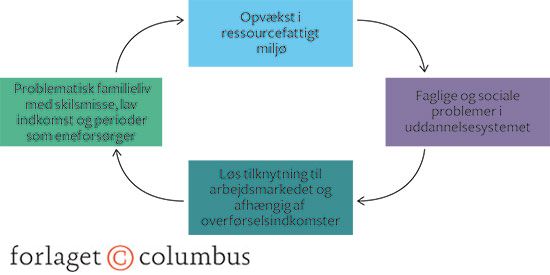
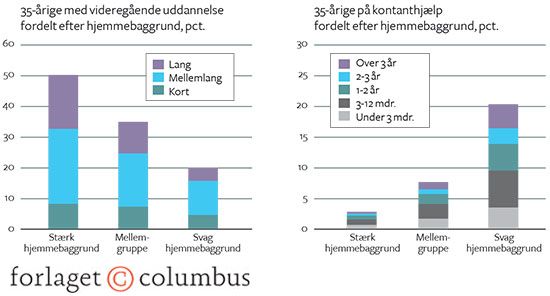
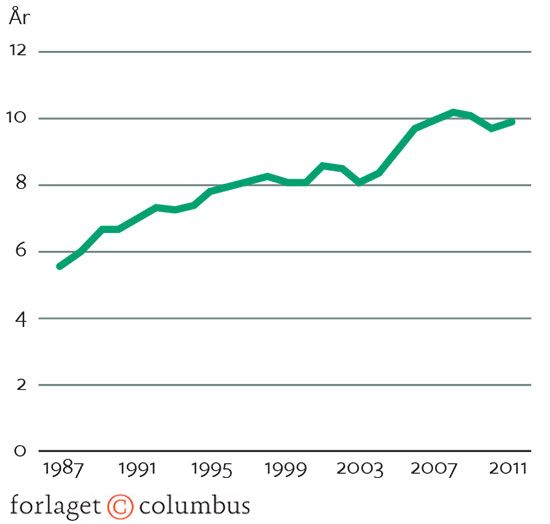
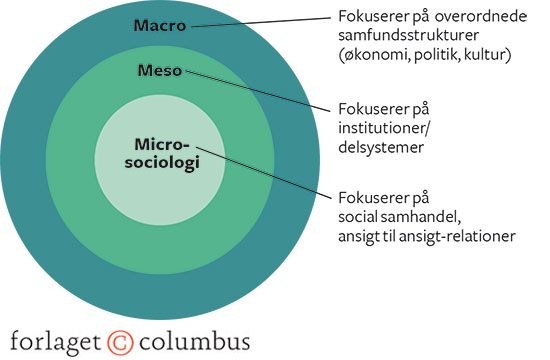
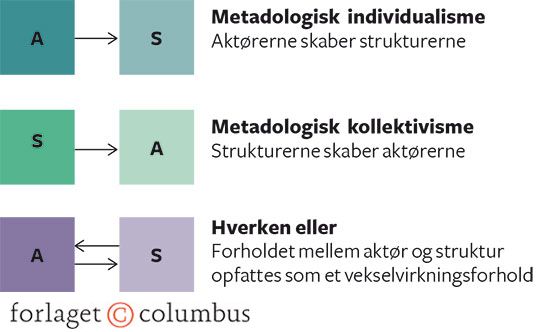



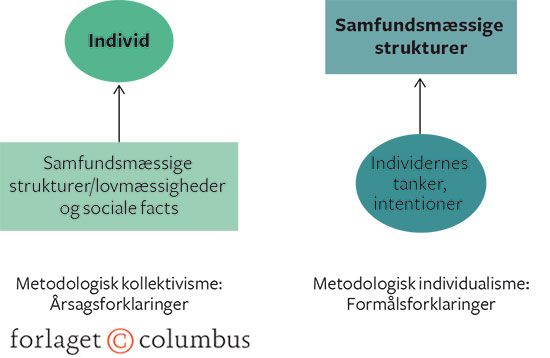
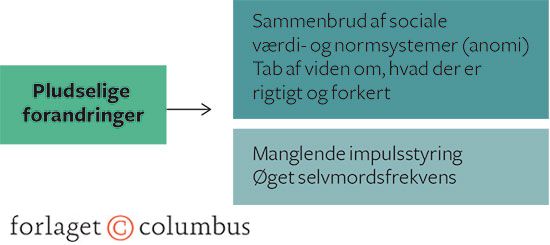

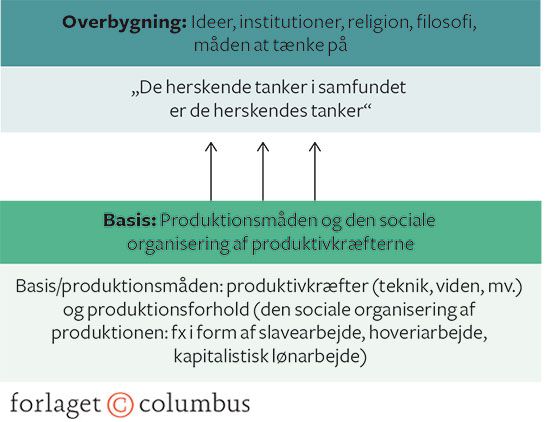
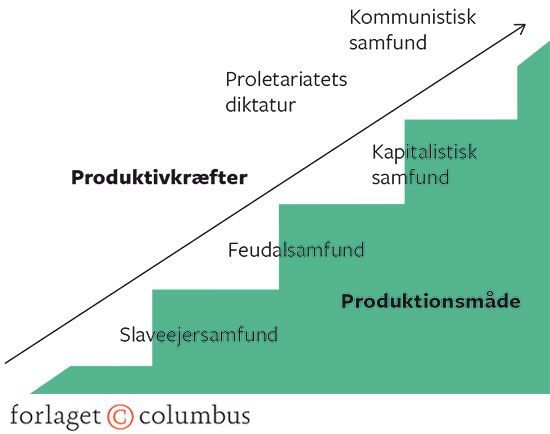
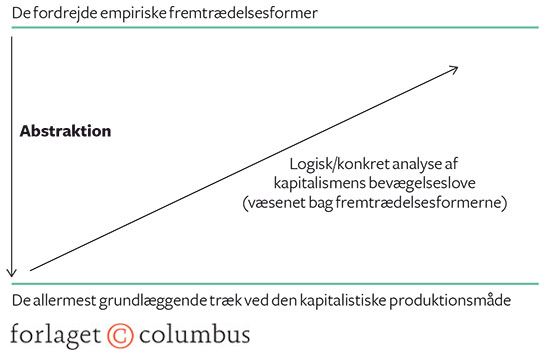
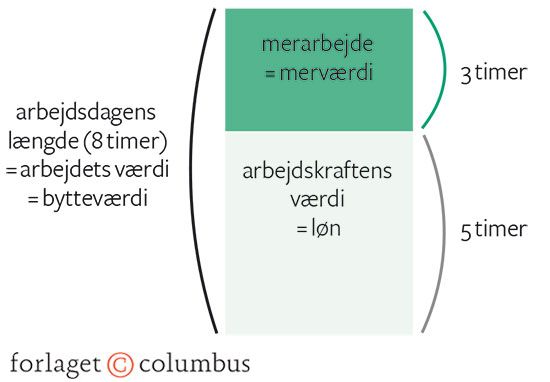
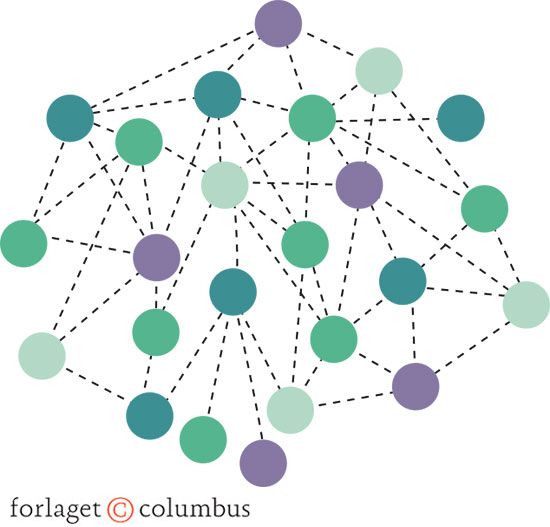
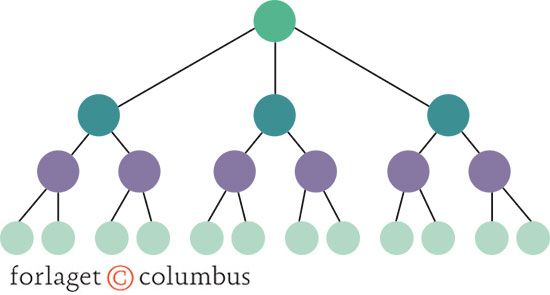

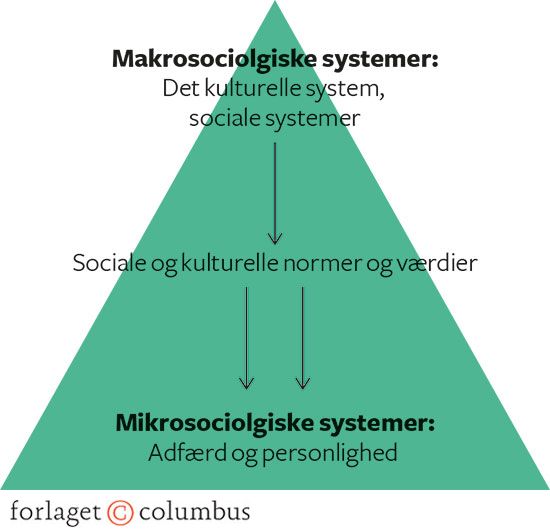
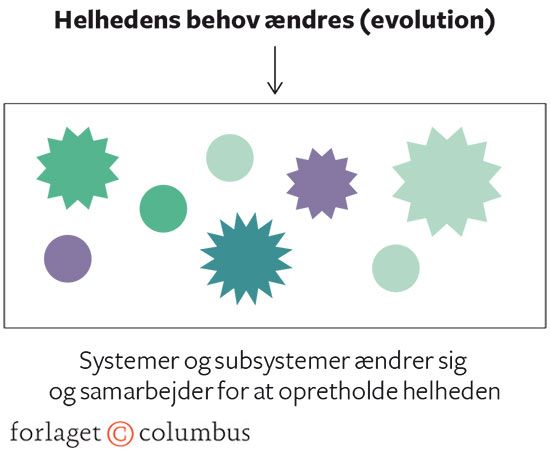
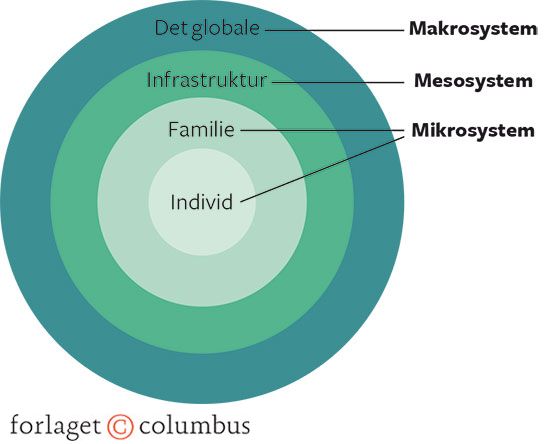
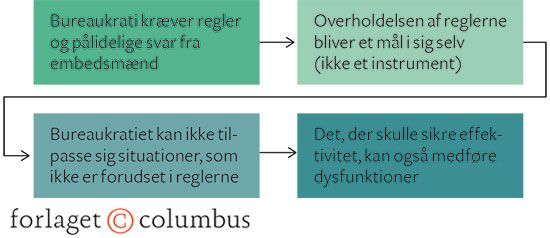
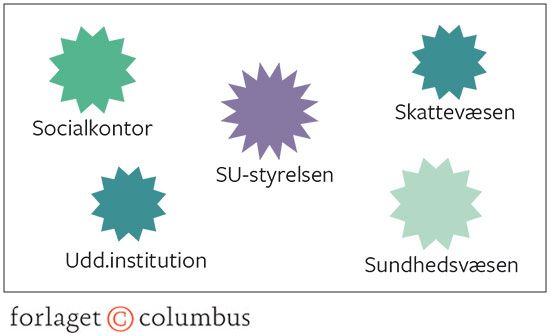
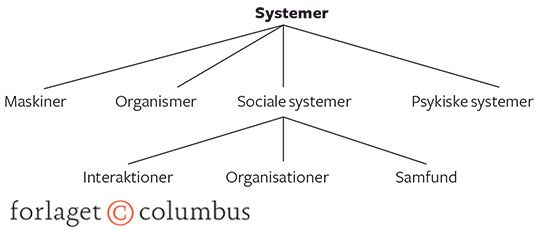
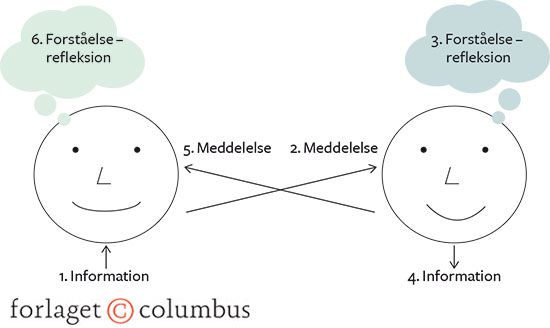
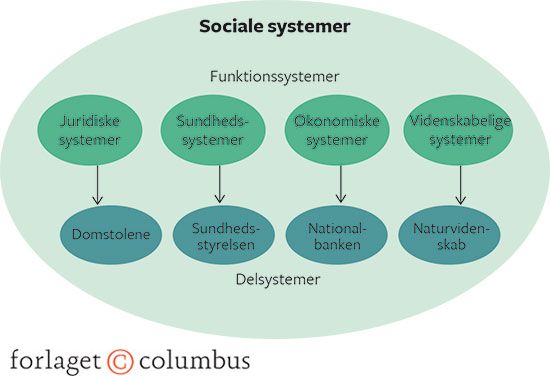

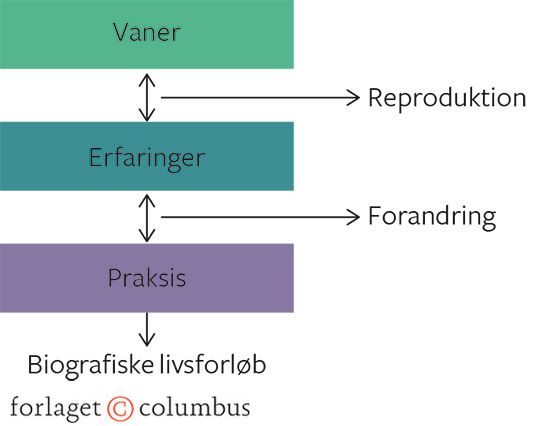
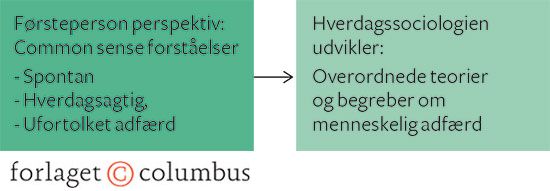
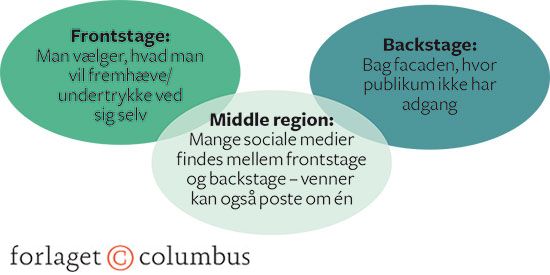
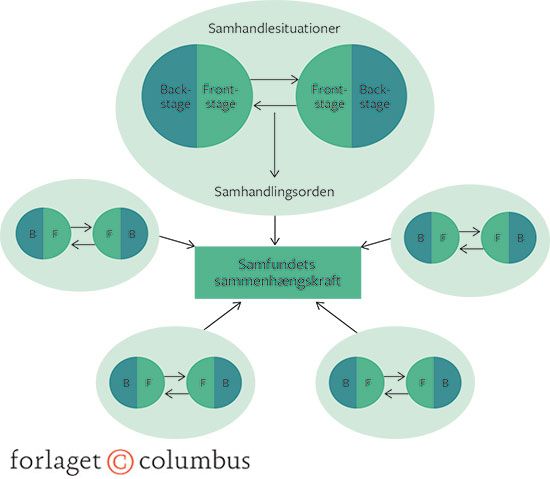
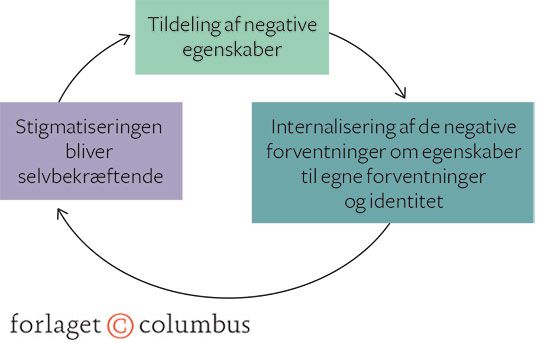
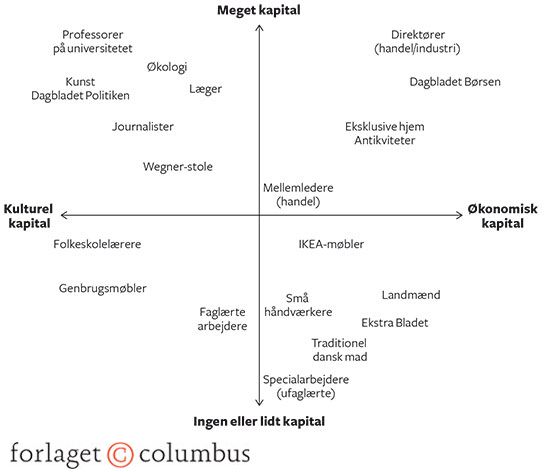





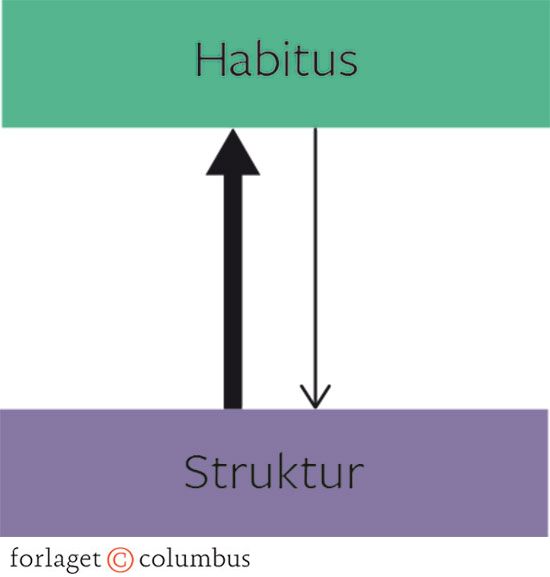
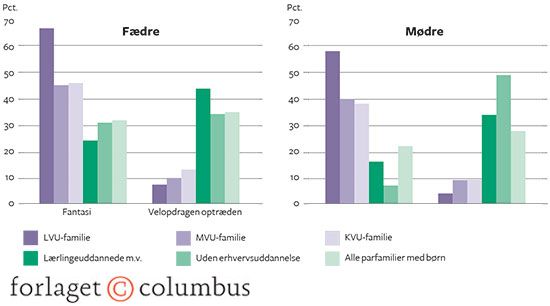
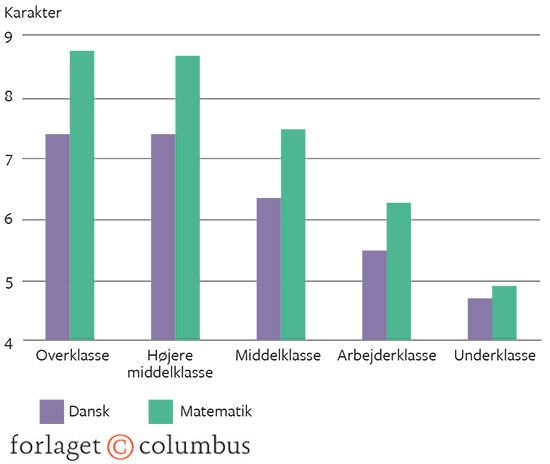
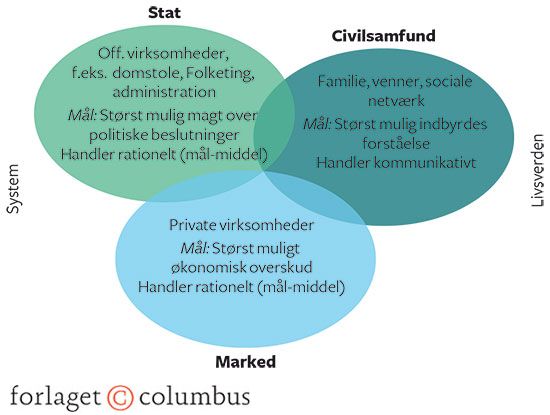
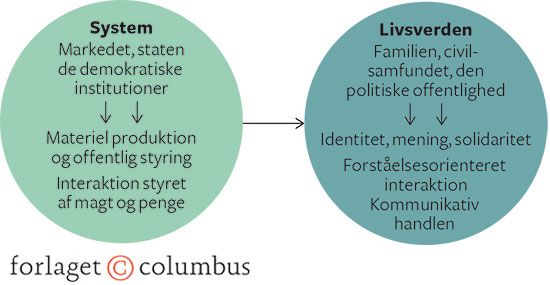
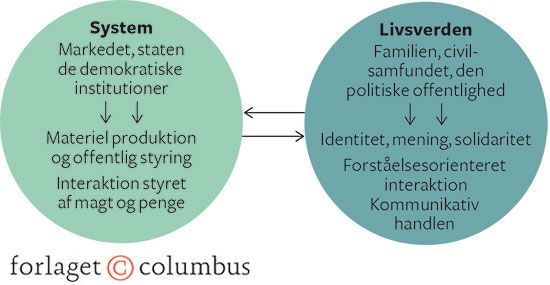
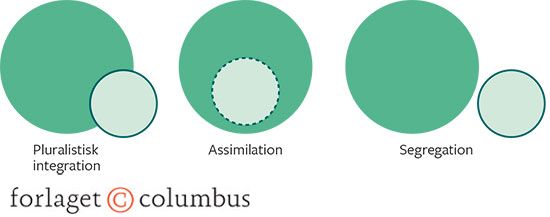
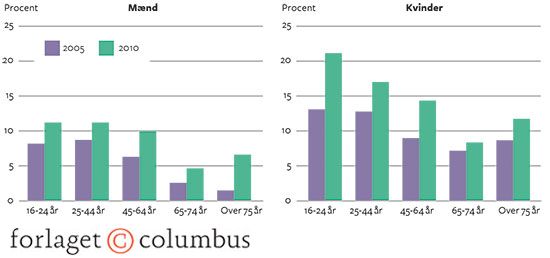
- Figur 1.1 Hvordan kan man arve dårlige levekår?
- Figur 1.2 Den sociale arvs betydning
- Figur 1.3 Forskellig middellevetid for mænd mellem højeste og laveste indkomstkvartil
- Figur 1.4 Makro-, meso- og mikrosociologi
- Figur 1.5 Forskellige opfattelser
- Figur 2.1 Fællesskab og samfund ifølge Tönnies
- Figur 2.2 Det traditionelle og det moderne liv ifølge Simmel
- Figur 2.3 Durkheims sondring mellem mekanisk og organisk solidaritet
- Figur 2.4 To hovedspor i studiet af det sociale
- Figur 2.5 Durkheims model for udvikling af anomi og selvmord
- Figur 2.6 Traditionelt og moderne samfund ifølge Weber
- Figur 2.7 Basis og overbygning
- Figur 2.8 Marx' stadieteori over historiske produktionsmåder/samfundsformationer
- Figur 2.9 Marx' kritiske analysemodel
- Figur 2.10 Marx' teori om, hvordan merværdi skabes
- Figur 3.1 Sociale systemer - hierarkisk ordnede
- Figur 3.1 Sociale systemer - løst koblede
- Figur 3.2 Karakteristika ved systemer
- Figur 3.3 Samfundets hierarkiske orden ifølge Parsons
- Figur 3.4 Social forandring ifølge Parsons
- Figur 3.5 Funktionsanalysens forskellige niveauer
- Figur 3.6 Dysfunktioner i bureaukratiet
- Figur 3.7 Sociale systemer kommunikerer og håndterer kompleksitet ved udvikling af specialiserede de
- Figur 3.8 Forskellige typer af systemer
- Figur 3.9 Luhmanns kommunikationsmodel
- Figur 3.10 Funktionelt differentierede samfund, og eksempler på deres sociale systemer og delsysteme
- Figur 4.1 Meads teori om ”jeg” og ”mig”
- Figur 4.2 Reproduktion og transformation af verden gennem social samhandel
- Figur 4.3 Sociologisk hverdagslivsforskning
- Figur 4.4 Frontstage og backstage
- Figur 4.5 Samhandling og sammenhængskraft
- Figur 4.6. Stigmatiseringens båndsløjfe
- Figur 5.1 Model af det sociale rum
- Figur 5.2 Omveksling af økonomisk kapital til kulturel kapital
- Figur 5.3 Omveksling af kulturel kapital via økonomisk kapital til gode levekår
- Figur 5.4 Omveksling af kulturel kapital via social kapital til økonomisk kapital
- Figur 5.5 Symbolsk kapital
- Figur 5.6 Habitus og social placering
- Figur 5.7 Skabelse og forandring af habitus
- Figur 5.8 Opdragelsesværdier blandt forældre med forskellig uddannelseslængde
- Figur 5.9 Karakterer og social baggrund
- Figur 6.2 System og livsverden hos Habermas
- Figur 6.3 Illustration af teorien om systemets kolonisering af livsverdenen
- Figur 6.4 Den gensidige påvirkning mellem system og livsverden
- Figur 7.2 Forskellige opfattelser af integration
- Figur 7.10 Andel der meget ofte eller ofte føler sig nervøs eller stresset. Procent 2005-2010
